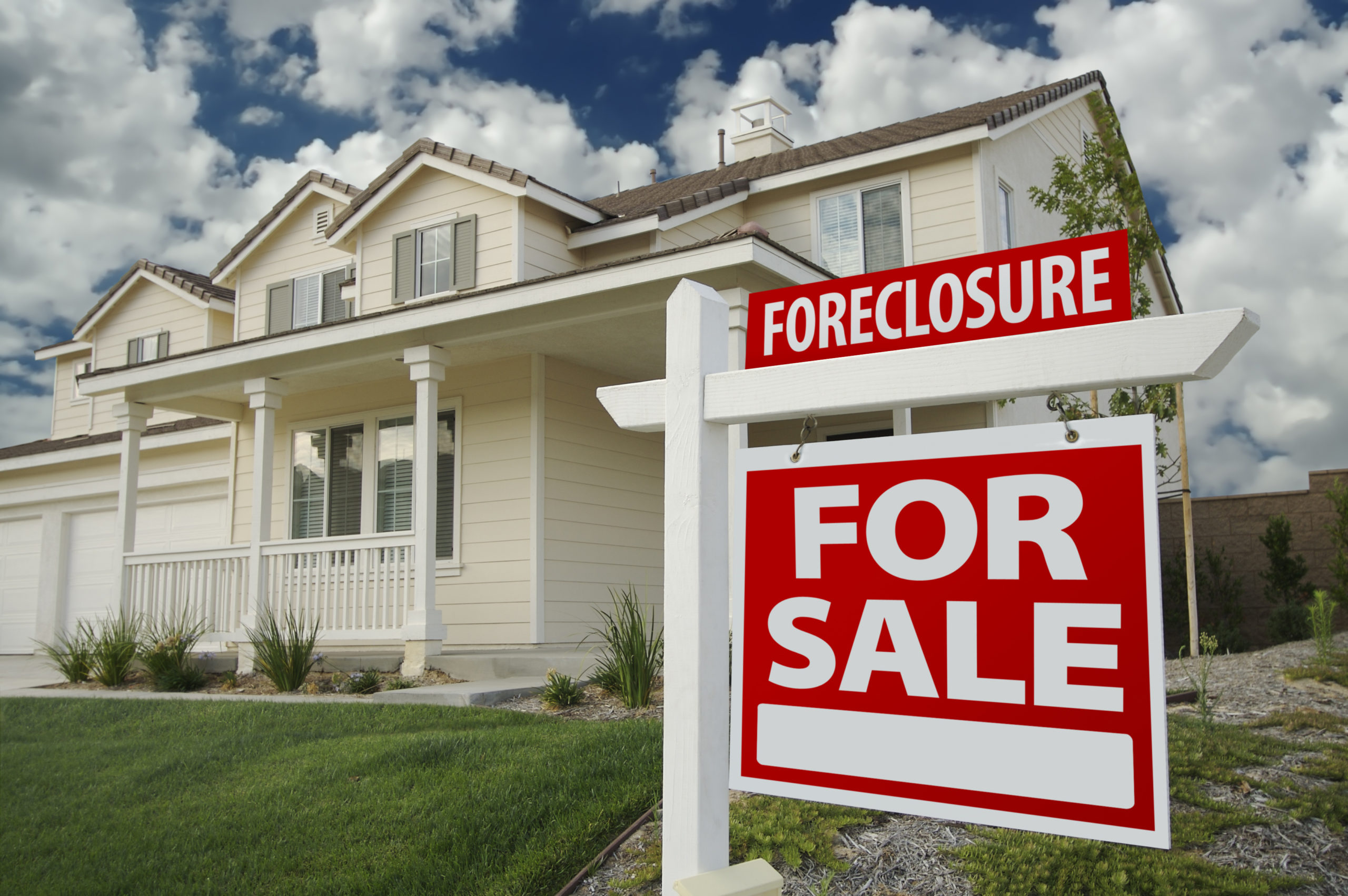Last month, I talked about how low supply and high demand were driving the single-family housing market across the country. Millennials are in buying mode, but there isn’t enough inventory in the market to supply the demand. On top of that, the distressed housing market is down from a year ago.
According to the National Association of Realtors, distressed sales were less than 1 percent in May 2021. They were at 3 percent in May 2020. The big question is, Why? What’s driving distressed home sales?
Housing Moratoria and Stimulus Packages
On March 18, 2020, the U.S. Housing and Urban Development issued a 60-day foreclosure moratorium for FHA-insured single-family homes. Fannie Mae and Freddie Mac initiated a moratorium on the same day. The next day, the U.S. Department of Agriculture (USDA0 implemented a 60-day moratorium on USDA Single-Family Housing Guaranteed Loan Program loans. These moratoria were extended several times during the COVID-19 pandemic last year and were due to expire on June 30, 2021. Before the end of last month, the USDA extended its moratorium until the end of July 2021.
More than 7 million homeowners took advantage of the moratoria during the pandemic. According to a study conducted by Harvard University, more than 2 million homeowners are still behind on their mortgages.
First, a few quick observations:
- The moratoria have certainly impacted foreclosure rates, propping up homeowners who would have lost their homes were these not in place
- The moratoria and stimulus packages were effective in giving most homeowners facing foreclosure the financial security they needed to get current on their mortgages
- When the foreclosure moratoria do finally come to an end, we can expect to see a sharp rise in foreclosures
 Big Banks have already announced when they will begin foreclosures proceedings coming out of the pandemic. Bank of America and JPMorgan Chase both expect to restart foreclosure proceedings when the moratoria are finally lifted. Wells Fargo plans to wait until next year.
Big Banks have already announced when they will begin foreclosures proceedings coming out of the pandemic. Bank of America and JPMorgan Chase both expect to restart foreclosure proceedings when the moratoria are finally lifted. Wells Fargo plans to wait until next year.
During the pandemic, the U.S. spent more than $3 trillion on economic stimulus packages. Forty-three percent of recipients of government stimulus checks put the money toward housing costs. Many of them were renters, but given that the number of households facing foreclosure fell from more than 8 million to just over 2 million means that many were also mortgage holders. It’s evidence that the moratoria and the stimulus packages did what they were intended to do.
Housing Prices Are On The Rise
The pandemic didn’t hurt the real estate market much. It may have dampened a strong market to some degree, but it’s still a strong market. That’s evidenced also by the fact that home prices are on the rise, including distressed home prices. According to CoreLogic data, home prices increased year over year in May 2021, and that includes distressed home prices, by 15.4 percent. The increase month to month from April 2021 to May 2021 was 2.3 percent.
It’s pretty clear that the low supply-high demand environment in single-family housing is driving real estate prices higher. What’s unclear at this time is how an increase in foreclosures once moratoria are lifted will impact prices. It’s likely that the result will be a slow down in price increases.
Investors are poised to take advantage of the market opportunity that will develop when foreclosures do start again. However, the distressed housing market is a different market than the new construction market. We’ll likely see a parallel demand curve between those two markets, but prices in the distressed market will be determined by how quickly foreclosures pick up again once the moratoria are lifted. If a large glut of homes hits the market at once, investor competition for those could drive up prices in the short term, but if investors overspend, they’ll see fewer profits on the resale.
There is also a question as to whether homebuyers will switch from the rising market in new home construction to the secondary market. If the low supply situation continues, many homebuyers could switch to buying on the secondary market, and that could impact prices in that market.
While there are a lot of unknowns due to a lack of clarity on when the foreclosure moratoria will be lifted, there is plenty of room for optimism regarding the future of real estate, both for the new construction market and for the distressed housing market.
Distressed Homeowners Have a Safety Net
 The moratoria and stimulus packages have proven to be a safety net for homeowners affected by business shutdowns and social distancing guidelines during the pandemic. While millions of homeowners fell behind on their mortgages, most of them have caught up. That’s a good sign for the future of the real estate market and the economy as a whole.
The moratoria and stimulus packages have proven to be a safety net for homeowners affected by business shutdowns and social distancing guidelines during the pandemic. While millions of homeowners fell behind on their mortgages, most of them have caught up. That’s a good sign for the future of the real estate market and the economy as a whole.
During the 2008-09 financial crisis, homeowners had no safety net. Lenders with loose credit standards ended up foreclosing on homes with loan terms that never should have been approved. Today, many homeowners who purchased homes during that time or immediately after are sitting on a cushion of equity in a strong market with rising prices. That means fewer distressed properties, and distressed homeowners, across the board. And the longer the foreclosure moratoria are in place, the more homeowners still behind on their mortgages are likely to catch up.
While unemployment is higher than it was pre-pandemic, the unemployment rate is down from April 2020. Unemployment remains steady at 3.6 percent. (May 2022) Interestingly, what’s driving most of the unemployment rate in today’s job market is voluntary. The number of people who quit their jobs in June 2021 rose from 164,000 to 942,000. Essentially, people are rethinking their relationship to work.
Don’t underestimate what that has to do with housing. People don’t generally quit their jobs unless they have one already lined up or they have enough money in savings to sustain their spending during a long tenure of unemployment. Remote work is on the rise, which means that homeowners who purchased a home due to its proximity to their office no longer feel the need to remain in the same location. While they aren’t moving far, the general trend seems to be from urban centers toward suburbia.
As jobs return and the economy recovers from the pandemic, the number of distressed homes due to financial stress will continue to decline. On the other hand, once foreclosure moratoria are lifted, we should expect to see a sharp rise in foreclosures and the emergence of a new secondary market in single-family housing.


